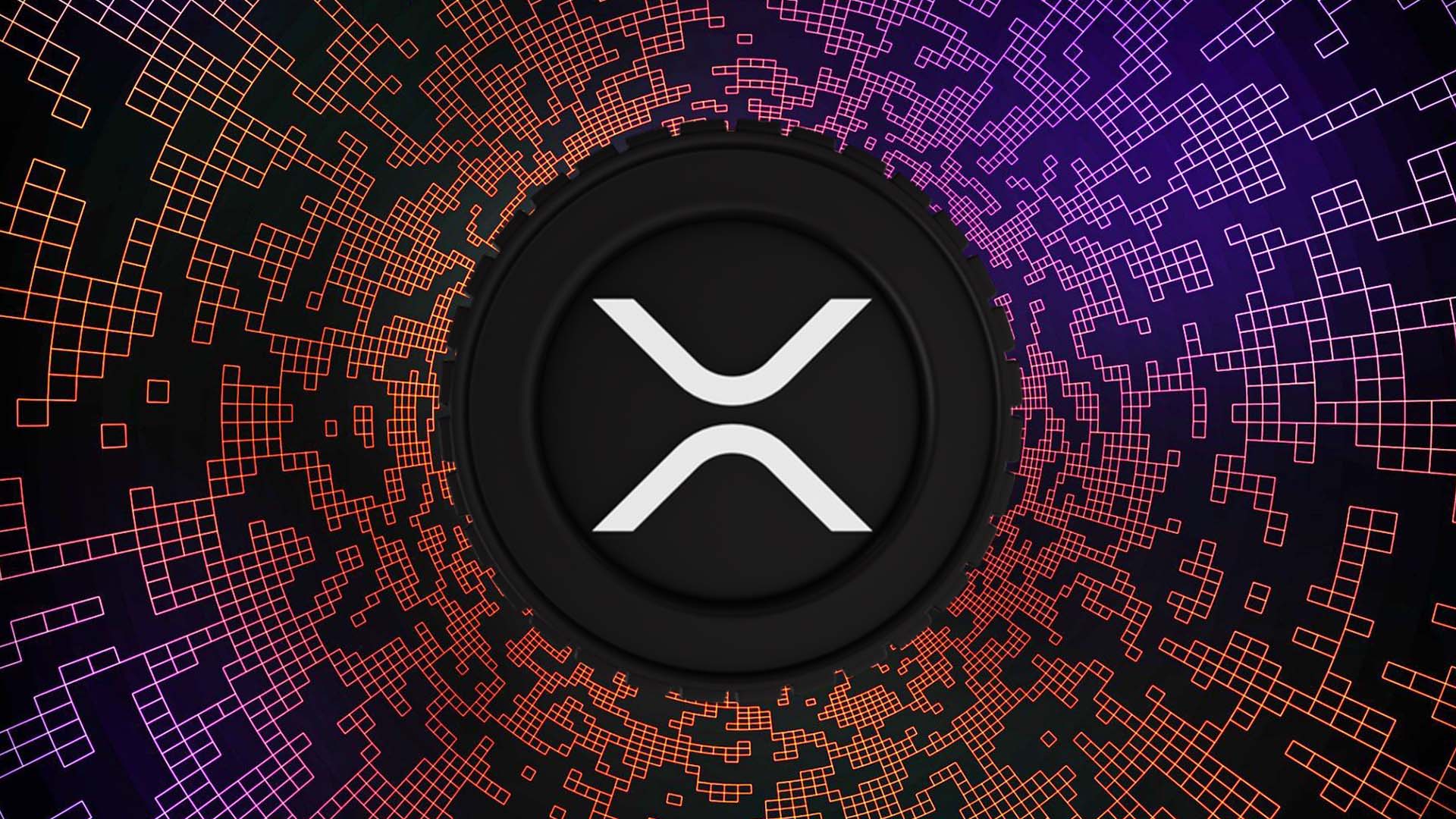Ripple’s XRP is at a pivotal moment in its trading journey, with bulls vigorously defending the $0.5785 support level while eyeing key resistance thresholds at $0.5920 and $0.600. While many retail investors remain glued to their price charts, the true catalyst behind the recent XRP price surge may lie in the liquidity needs of major banks.
Institutional Demand Over Retail Speculation
In a compelling analysis shared on X (formerly Twitter), crypto analyst CryptoTank highlighted the limited influence retail investors have on XRP’s price movements. He asserted that institutional demand will be the primary driver of XRP’s value, stating, “Retail doesn’t matter, which is why retail doesn’t move price much at all.”
The analyst pointed to the daily settlement requirements of banks and financial institutions as the real game-changers for XRP. Ripple currently has over 1,700 undisclosed agreements with financial institutions, many of which are shrouded in non-disclosure agreements (NDAs). This extensive network includes prominent names such as Bank of America (BofA), JP Morgan, SBI, and Swift, collectively handling around $25 to $30 trillion in daily settlements.
“If just 10% of that goes through XRP, that’s $3 trillion on the ledger,” CryptoTank explained, underscoring the staggering potential impact of institutional adoption on XRP’s price.
The Need for Deep Liquidity Pools
A critical aspect of XRP’s function as a settlement token lies in its ability to provide deep liquidity pools. According to CryptoTank, when banks transfer value for settlement, they require substantial liquidity to ensure smooth transactions and avoid costly failures. He stated, “When a bank moves value to another for settlement, that will need DEEP liquidity pools to pull value from, or else the transaction could fail.”
For the estimated $3 trillion in daily settlements, a liquidity pool of around $6 trillion is necessary—double the transaction value—to mitigate friction and ensure the availability of counterparties. With Ripple’s extensive network of over 1,700 partnerships, the actual demand for liquidity could be much more significant. “The numbers I gave are just an example of a few big ones. Imagine the size of the pool needed for them all,” CryptoTank added.
This enormous liquidity demand could, in turn, propel XRP’s price higher, as financial institutions require a consistent supply of the token for seamless cross-border payments and settlements. The recent integration of XRP payments by the South Korean payment platform Surfy illustrates this growing trend.
Moving Beyond Technical Analysis
While many in the crypto space continue to rely on technical analysis to forecast price movements, CryptoTank argues that such methodologies are largely irrelevant for XRP. “Charts don’t matter because you can’t chart utility and value/volume these institutions will need, nor the depth of liquidity the pools need,” he asserted.
Also Read: Ripple vs. SEC – 60% Chance Of Appeal As XRP Price Drops 0.78% Ahead Of October 7 Deadline
Currently, XRP is consolidating around significant support and resistance levels, buoyed by strong whale activity. As the market navigates these critical junctures, it’s evident that liquidity needs, rather than speculative retail activity, may dictate XRP’s next significant move. If bulls manage to breach key resistance levels, the price could soar, highlighting the token’s utility in facilitating large-scale institutional transactions.
In conclusion, as XRP stands on the cusp of potential breakouts, the focus should shift from retail trading strategies to the intricate dynamics of institutional liquidity needs. As the crypto landscape evolves, understanding these fundamental drivers will be crucial for investors looking to navigate the complexities of the market. The future of XRP may well depend not on charts, but on the powerful forces of liquidity shaping its trajectory.
Disclaimer: The information in this article is for general purposes only and does not constitute financial advice. The author’s views are personal and may not reflect the views of Chain Affairs. Before making any investment decisions, you should always conduct your own research. Chain Affairs is not responsible for any financial losses.





